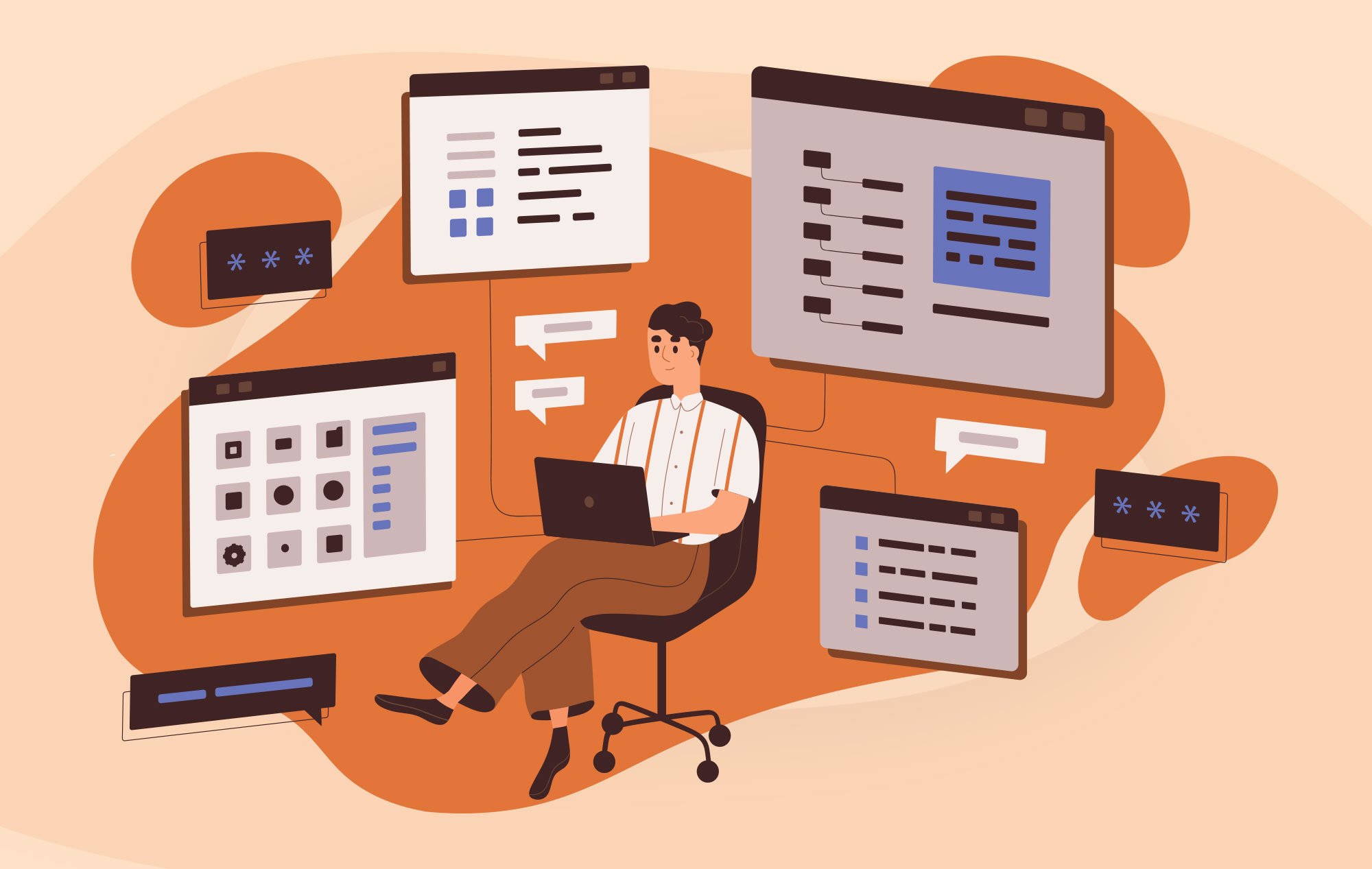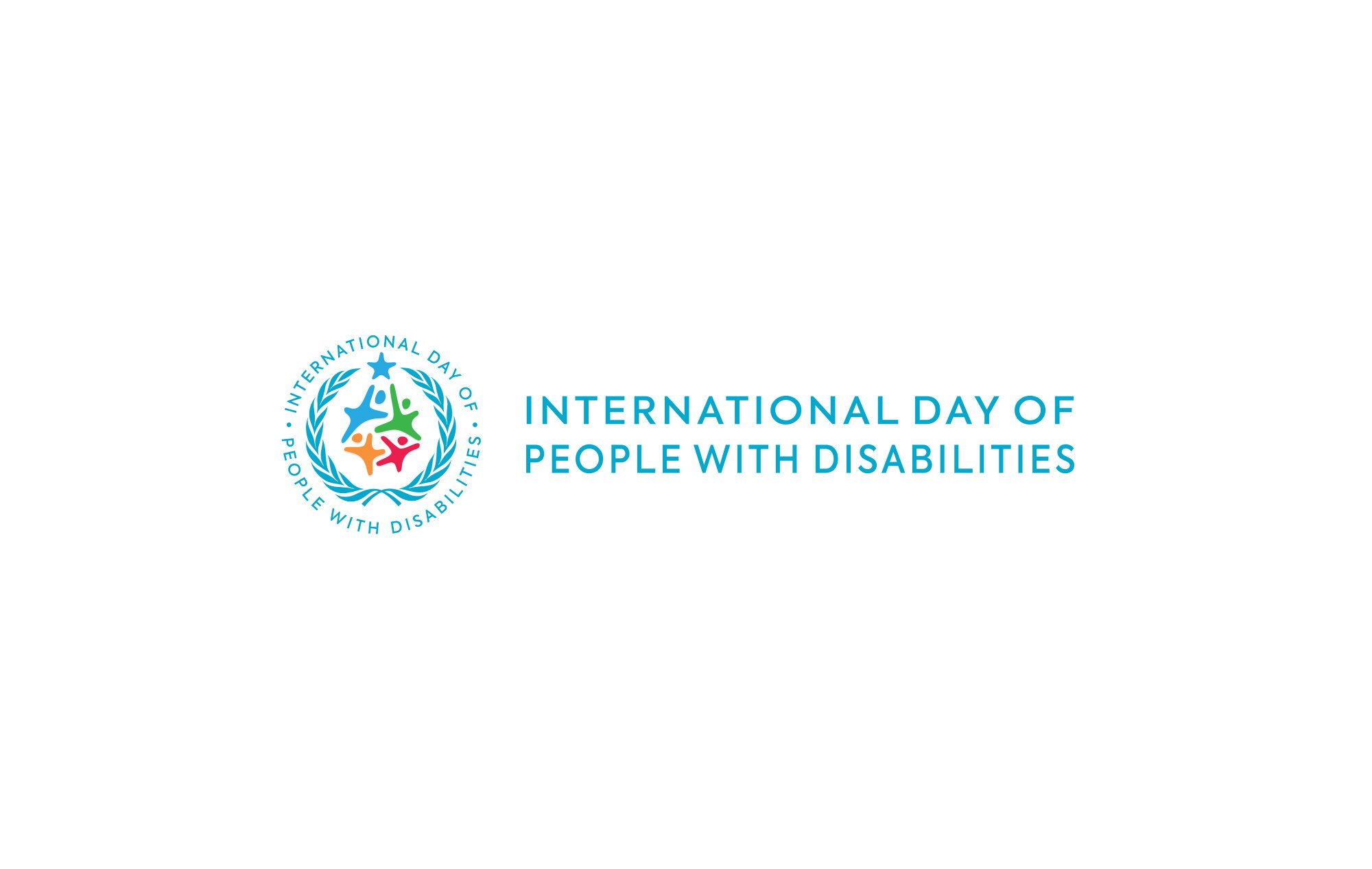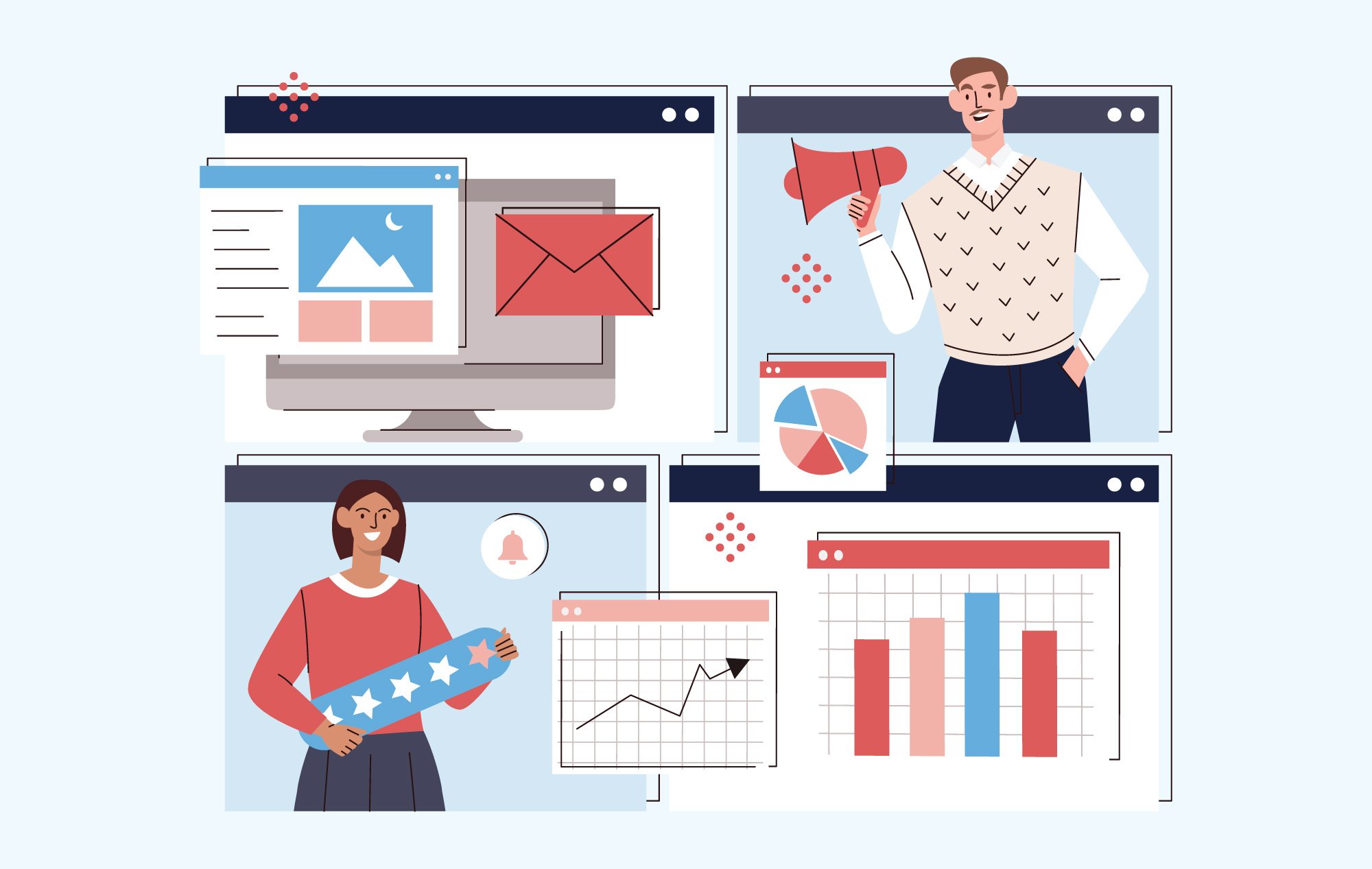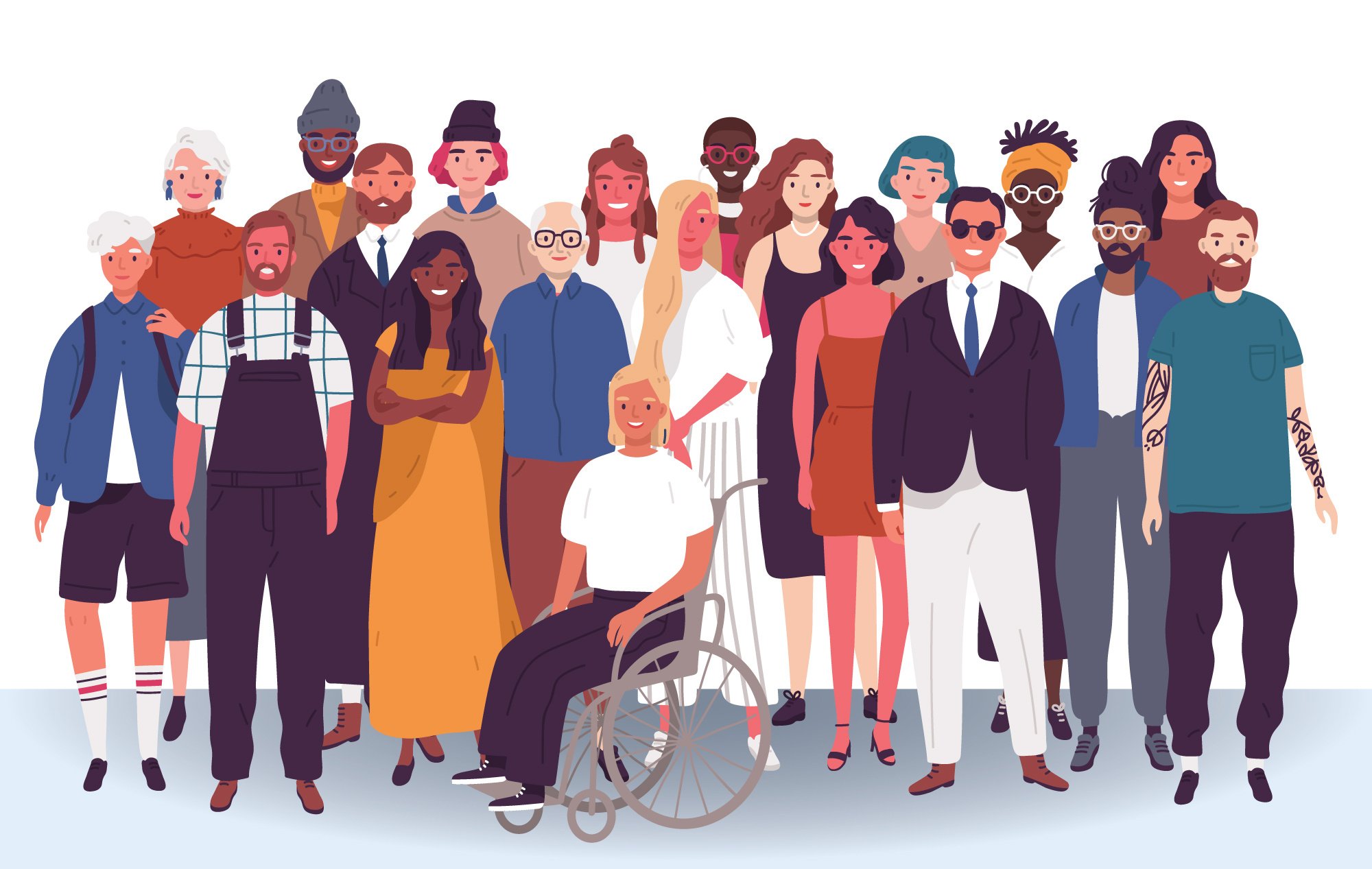-
As assistive technologies expanded in the 19th and 20th centuries, their sophistication has significantly increased in recent years, thanks to advancements in artificial intelligence and other digital technologies.
-
The post-pandemic workplace has seen a shift towards more flexible arrangements, with organizations adopting work-from-anywhere policies and prioritizing accessibility and inclusion for professionals with disabilities.
-
With workplace policies changing, assistive technology plays a crucial role in supporting remote work, boosting digital accessibility, enhancing communication, promoting well-being, fostering inclusivity in the workplace, and empowering employees for career growth.
What Is Assistive Technology
Assistive technology is designed to give professionals with disabilities greater autonomy. These include devices, software, and equipment that enable people to participate more fully in the workplace and society.
Importantly, these technologies can enhance the functional capabilities of professionals with a wide range of disabilities.
From low-tech tools such as magnifying glasses and custom-designed handles to sophisticated high-tech solutions such as voice recognition software, screen readers, and specialized computer hardware, assistive technology plays a central role in creating more accessible workplaces.
The surge in remote work has significantly boosted the engagement of professionals with disabilities in the workforce, showcasing the advancements in assistive technology within the workplace. This technology has been crucial for maintaining productivity and independence, especially during crisis times, by facilitating remote work, enhancing digital accessibility, and improving communication.
These advancements not only support the health and well-being of employees with disabilities but also contribute to a more inclusive workplace culture, empowering these employees for career advancement and ensuring everyone has the necessary tools to succeed.
Before exploring the impact of assistive technology in today's workplace, it's important to review the technological advancements over time. This historical context helps us appreciate the progress made and understand how these tools have enhanced employment conditions for people with disabilities.
Early Developments in Assistive Technology
While today’s assistive technology is largely digital, people have been fashioning accessibility tools throughout human history: hearing trumpets for those who are deaf or hard of hearing, or walking sticks for people who are blind or visually impaired, dating back to ancient civilization.
Other technologies emerged much later: wheelchairs in the 17th century, the first electronic hearing aid in 1898, and braille in the late 19th century.
20th Century Accessibility Advancements
The post-World War II era saw significant advancements as veterans returning with disabilities increased the demand for assistive solutions.
Advancements in technology became more refined, keeping pace with the significant strides in computation and electronics.
- Once rather large and cumbersome systems, electronic hearing aids took a significant leap forward, becoming the more compact and efficient models available today.
- The introduction of motorized wheelchairs provided greater independence for individuals with severe mobility impairments.
- Innovations in materials science and design led to more functional and comfortable prosthetic limbs and orthotic devices, greatly enhancing mobility and dexterity for disabled professionals.
- Closed captioning on television broadcasts, originating with NBS and ABC-TV in 1971, greatly expanded access for people with hearing impairments and enabled them to better engage with audiovisual media. Text messaging and email soon made it easier to communicate with clients, team members, and prospective customers, as well.
The digital revolution in the late 20th century propelled society even further, namely with the development of voice recognition technology, empowering individuals with motor or visual impairments to control their computers and other devices using voice commands. Then came text-to-speech converters and specialized input devices (like sip-and-puff systems), which further expanded computer accessibility.
Fervent activism by disability advocates and their allies and the passage of the Americans with Disabilities Act (ADA) in 1990 further galvanized the development and inclusion of assistive technology in the workplace, as well.
21st Century Brings Phone Apps & Smart Tech
The rise of smart technology and the internet introduced new possibilities in the form of smartphone apps and other web-based tools.
For instance, Be My Eyes in 2015 launched an Apple Design Award-winning app that connects those who are blind or visually impaired with sighted volunteers for assistance with a broad range of daily tasks: from checking ingredients for meal prep to ensuring an appliance is functioning properly.
Additionally, advanced hearing aids can now connect directly to smartphones, computers, or conference systems, providing clearer and more personalized audio for professionals with hearing impairments. And noise-canceling technology and directional microphones in these devices can even enhance focus and communication in noisy office environments, as well (a major boon for professionals with invisible disabilities such as autism or ADHD).
Artificial intelligence (AI) is still relatively young, but it’s also proving a powerful ally when employed properly.
AI language learning models can enhance productivity in the workplace, for instance, by extracting context and meaning from audio and video content sources. In fact, Zoom’s AI assistant can draft meeting summaries with shocking accuracy.
Similarly, AI-powered visibility tools can assist visually impaired and blind workers by scanning and reading digital, printed, and even handwritten documents aloud.
Assistive Technology in the Post-Pandemic Workplace
The rise of remote work and more flexible work arrangements is one of the biggest workplace stories since the coronavirus pandemic, contributing to a significant increase in workforce participation among professionals with disabilities.
But how has the role of assistive technology evolved in the post-pandemic workplace?
The pandemic imposed significant challenges for assistive technology users (to say little of the disregard many people demonstrated toward the health of vulnerable populations and those with invisible disabilities). Plus, access to information about COVID-19 was sometimes hampered while the government response was deemed insufficient by many professionals with disabilities.
However, the pandemic also highlighted the importance of assistive technology in maintaining productivity and independence for people with disabilities during times of crisis, changing the way many organizations now operate and approach accessibility.
Key Features of Assistive Technology
Facilitating remote work. The pandemic accelerated the shift to remote work, which remains prevalent today. Although there has been a slight contraction of flexible work-from-anywhere policies among some larger employers, companies who are genuinely committed to accessibility will look for as many ways as possible to integrate remote work into how they conduct business.
Enhancing digital accessibility. With the increased reliance on digital platforms for work, the need for accessible digital tools has only increased. Assistive technology such as digitally inclusive web interfaces, captioning services, and accessible document formats ensure that employees with disabilities can fully participate in digital workspaces or across distributed teams.
Here are just a few assistive technologies that improve digital accessibility for professionals with disabilities:
- For visually impaired employees, screen readers like JAWS (Job Access With Speech) and NVDA (NonVisual Desktop Access) convert text on a screen into speech or Braille. Magnification software like ZoomText enlarges text and images on the screen, making them easier to see.
- Ergonomic equipment, including adjustable desks and chairs, can be vital for employees with physical disabilities, helping create a comfortable and accessible work environment.
- Specialized keyboards, mouse alternatives (like trackballs or joystick mice), and touchpad devices cater to users with limited dexterity or motor skills, facilitating a more accessible interface with their computers.
- Software such as Dragon NaturallySpeaking allows users with mobility impairments to control their computers and dictate text through voice commands. This is particularly helpful for those who find it difficult to use a traditional keyboard or mouse
Improving communication. Effective communication is essential in the workplace, and assistive technology helps break down barriers that might hinder this for employees with disabilities. For example, video conferencing tools that include captioning services are beneficial for individuals with hearing impairments, while speech recognition software assists those with speech or mobility challenges.
“There's a huge benefit to having everything captioned,” says Amy Wood, an accessibility manager for Salesforce who is completely deaf in her right ear and has 98% hearing loss in her left. “It’s a really great way to be more inviting to the d/Deaf community. If I see captions on something, I'm immediately going to watch it to see what it's about.”
In the case of distributed teams, recording virtual meetings and sharing summarized notes go a long way in helping professionals with disabilities remain in the loop in case something medically urgent arises. But it also makes your teams more accessible for people with different communication preferences or needs, as well.
Supporting health and well-being. The post-pandemic workplace places a stronger emphasis on employee health and well-being, especially with greater appreciation for work-life balance.
Encouraging employees to take mental health days, for instance, is a powerful way to support professionals and families with disabilities.
Citing the need to miss a few days of work for his daughter’s surgery, Kristian Burch, Director of Accessibility Programs and Compliance at Salesforce, can’t overstate the value of having an accessibility-minded employer.
“I've been trying to take time to prioritize my own mental health,” he says. “Sometimes I just need a mental health day because we had a really stressful surgery a few days ago and need the space. My boss knows I have a daughter who has a disability and medical care needs. She is very good about being proactive, saying, ‘Hey, how's your kid?’ For me, that's always been very important.”
Assistive technology can also monitor health conditions, provide reminders for medication or movement, and help team members manage stress and mental health, which is particularly important for employees with chronic conditions or invisible disabilities.
Increasing workplace inclusivity. Foundational for building inclusive workplace cultures where employees with disabilities can thrive, assistive technology ensures work environments and practices accommodate the needs of all employees. This ranges from “access checks” and being flexible with audio and video requirements during virtual meetings to providing team members with the equipment they need to succeed.
“Just give me a screen reader or give me speech-to-text software, and I'll do the same work. It's really not a big ask,” says Crystal Preston-Watson, a Senior Digital Accessibility Analyst at Salesforce who has a visual impairment.
Drawing attention to the discrepancy between how accommodations are often handled differently between disabled and non-disabled professionals, Preston-Watson adds:
“It's the same as someone asking for a second or third monitor. I'm asking for a screen reader. You're asking for these accommodations. I'm just asking for the tools to do my job. People in different roles need different tools to do their jobs. And that's the same thing for disabled workers.”
Empowering employees for career advancement. By providing the necessary resources to perform their jobs effectively, assistive technology empowers employees with disabilities to take on more complex tasks, pursue career development opportunities, and contribute meaningfully to their organizations.
When employees know they can expect the support and accommodations they need to perform their job, they’ll be more confident there are opportunities for them and their colleagues with disabilities to advance in your organization.
Ultimately, whether you’re expanding flexible work options and transforming your workplace culture to be more accessible and inclusive, providing the necessary assistive technology for employees with disabilities to thrive is a major part of your responsibility as an employee or manager.
In return, all of your team members will have a greater likelihood of succeeding. And you’ll find they’re happier and more productive than ever before.
InclusionHub is an online, crowd-sourced resource directory dedicated to raising awareness about and improving gender equality, accessibility, DEIB, and other important social issues. To learn more about or join in this pursuit, contact us today.






Leave a Comment